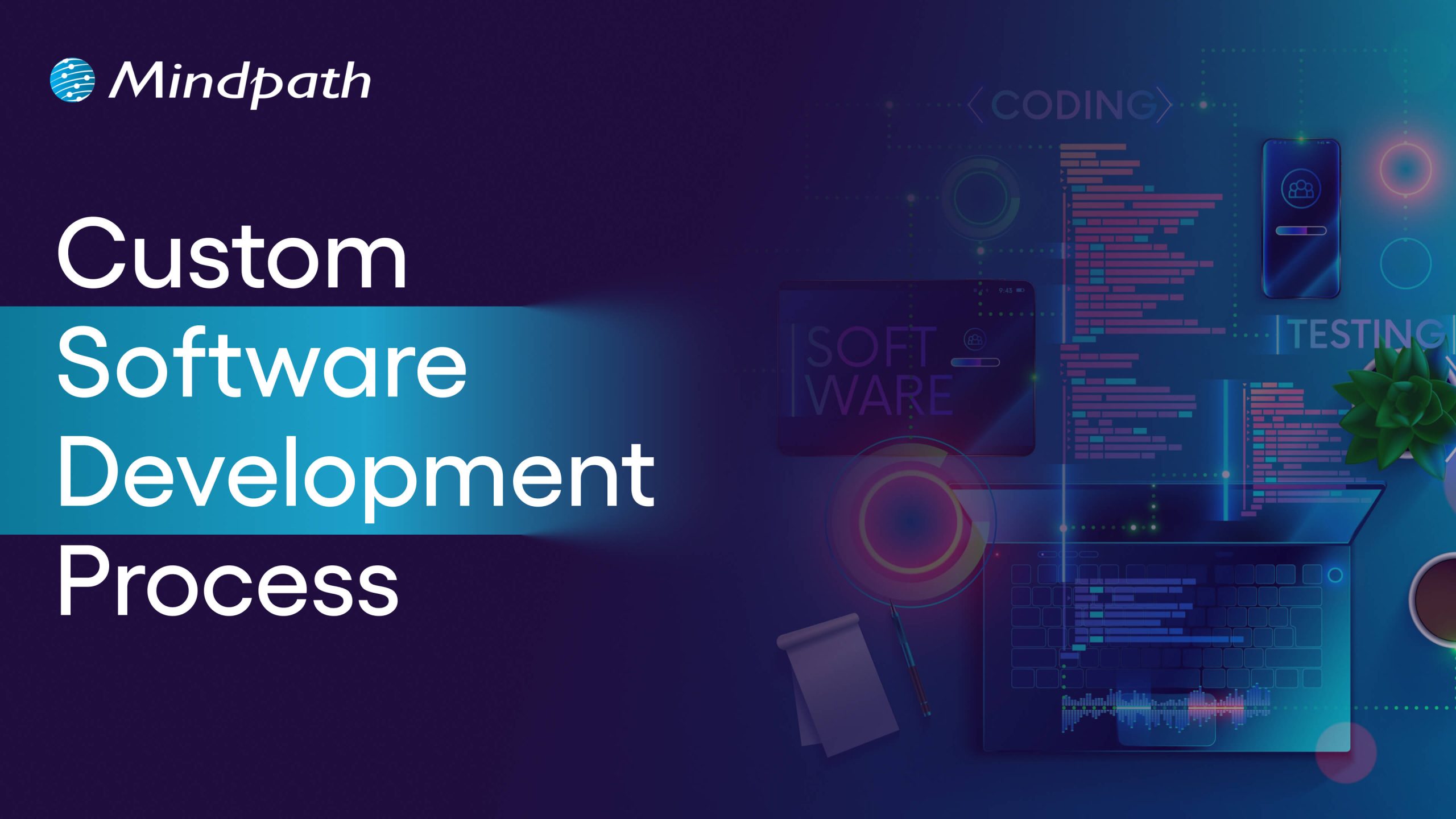Managing a remote development team can feel like a unique challenge, right? With team members spread across different locations, how can you ensure everyone stays connected, motivated, and productive? What strategies can you implement to keep your team engaged and aligned with project goals? In this blog, we’ll explore practical tips to help you navigate the complexities of remote team management.
Managing a remote development team is essential because it allows everyone to collaborate effectively even when they are separated by a long distance. Good management ensures that everyone understands their responsibilities and feels connected to the team. When developers are well-managed, they are more productive and satisfied with their job, which leads to better project outcomes. Furthermore, excellent management facilitates issue resolution and keeps the team focused on their objectives. In today’s environment, when many individuals work from several places, qualified management is essential for success.
So, let’s dive into the tips for managing a remote development team!
Tips For Managing Remote Development Team

1. Hire Trusted Developers
The first and most significant recommendation is to hire folks that you can trust. Remote work can assist teams become more productive, decrease stress, and save money for the business. However, hiring the wrong individuals might cause serious consequences. When working remotely, it is impossible to manage the team in person. Trust is crucial; team members must be dependable and provide outstanding outcomes. If someone doesn’t appear capable, they can check in regularly via Slack, Zoom, or other methods, which might cause tension and pressure for them. Constant inspection can have an adverse effect on team performance. Establishing a robust recruiting process is crucial for identifying people with the necessary abilities.
2. Use Agile Methods
3. Enhance Communication Tools
An important principle for good communication is to never assume; instead, ask questions and speak out when in doubt. This idea can assist in avoiding misunderstandings within a remote collaboration. Misunderstandings are common while working remotely, so it’s essential to resolve them early with the correct tools and procedures. For example, a team can use Zoom for meetings and special events, Slack for fast reminders and announcements, and Google Drive or Coda for document sharing. These technologies can significantly enhance communication and eliminate misunderstanding. Regular video conferencing is vital for interacting with teammates and fostering collaboration. They let you discuss project progress, identify areas for improvement, and check in on personal problems. These discussions serve to foster trust and transparency in communication.
4. Hold Regular Performance Reviews
It is essential to schedule frequent performance evaluations to assess both individual and group performance. These appraisals give helpful feedback and assist in identifying areas for development. Setting a constant timetable, whether biweekly or monthly, enables developers to expect comments and focus on improving their performance. These sessions also provide a fantastic chance to acknowledge and appreciate their accomplishments. Encouraging 360-degree input is another great method. This entails getting feedback not only from managers, but also from colleagues and stakeholders. This technique provides a more comprehensive understanding of a developer’s strengths and opportunities for improvement. Developing future action plans is a key component of performance evaluations. Work with each developer to create customized development plans based on the input obtained.
5. Build Team Spirit
Developing a strong business culture in a remote workplace can be difficult, especially when many people imagine coworkers celebrating birthdays with cake or enjoying themselves after work. However, the essence of workplace culture lies not only in the activities themselves but also in the relationships that they build among team members. It takes purposeful effort to foster a team spirit that boosts everyone’s spirits. Consider organizing virtual team-building events, celebrating accomplishments, or simply checking in with team members. These actions can assist in establishing relationships and foster a positive remote work environment.
6. Let Them Work Freely
It’s essential to provide engineers with enough room to complete their work. Clients frequently express their worry about how to closely monitor their developers’ work, which can lead to ambiguity regarding progress. The remedy is straightforward: avoid micromanaging. The results speak louder than words.
While it is essential to analyze performance data, one of the most common mistakes that drive great engineers to quit is attempting to regulate their every move. Developers don’t spend their whole day coding; they frequently require time to think about answers and devise new solutions to challenges.
The easiest method to evaluate their work is to focus on the results they produce, rather than continually watching their everyday actions. Trusting them to work autonomously leads to a more productive and motivated team.
7. Know Your Team’s Dynamics
Different teams have distinct meeting and communication requirements. Some teams may benefit from regular meetings to keep focused on project specifics, particularly if their job requires a lot of cooperation. Others might thrive better with fewer, less frequent encounters. To properly manage a development team, you must first learn how each person works best. Recognizing the team’s speed, choosing the most effective tools, and calculating the appropriate number of meetings may all assist to minimize burnout and undue stress. By identifying and respecting individual work preferences, you may foster a productive and peaceful workplace that benefits the whole team’s performance.
Hire Remote Developer at Mindpath
1. Gather Your Requirements
Start by reaching out to Mindpath to discuss your project goals and needs. We will review all details and create a comprehensive plan that outlines our approach, timeline, and estimated costs.
2. Select the Right Talent
We’ll identify remote developers who are the best fit for your project. You will have the opportunity to interview candidates and choose developers who meet your specific requirements.
3. Kick Off the Project
Once your development team is assembled, we’ll kick off the project with a clear plan and timeline. Our team will maintain regular communication, providing updates to ensure everything aligns with your vision.
4. Receive Ongoing Support
Mindpath is committed to supporting you throughout the development process and even after project completion. Our goal is to ensure that all your objectives are met and that the project runs smoothly.
Final Thought!
A remote development team has to be managed effectively using a combination of communication, trust, and culture-building techniques. By prioritizing these characteristics, you can create an environment in which developers feel respected and encouraged to do their best work. Remember that hiring the proper developers is only the beginning. Maintaining an open channel of communication, holding frequent performance evaluations, and cultivating team spirit are essential for keeping your team on track with project objectives. At Mindpath, we streamline the recruiting process to ensure you locate the perfect people for your unique need. We are here to help you throughout your development journey, ensuring that your goals are met and that your projects run smoothly.
Ready to elevate your project with top-notch remote developers?
Partner with Mindpath for seamless collaboration and expert support.














